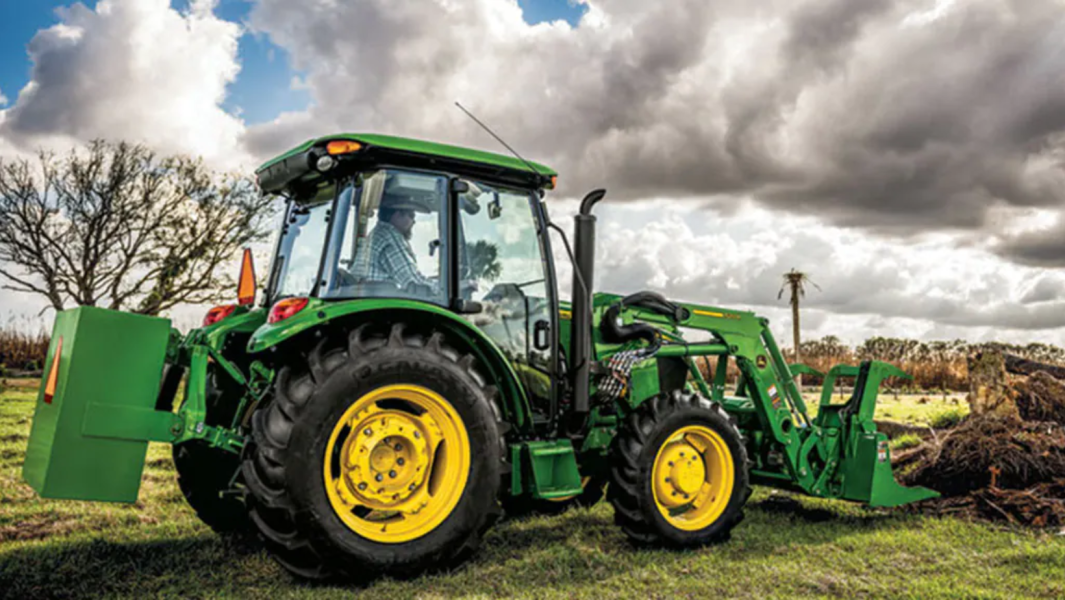Archives
- Home
- News
- Posts
- Agri Business
- ‘Tractor sales soar as farmers recover from drought’
‘Tractor sales soar as farmers recover from drought’
- Agri Business
-
Nov 14
- Share post

Although the tractor sales figures for October released by the South African Agricultural Machinery Association (SAAMA) on Monday (7 November) were the highest in 40 years, this was probably based on “necessity, rather than extravagance”, according to Derek Matthews, chairperson of Grain SA, who said that “after several years of drought, many farmers had delayed replacing tractors.”

According to SAAMA, a record number of 1 268 new tractors were sold for October, which was about 48% more than the 856 units sold in October 2021.
At 7 747 units, year-to-date tractor sales were now 20% higher than last year’s 6 466 units, SAAMA said in its recent report on the latest sales figures for agricultural machinery.
A total of 34 combine harvesters were also sold in October, which was 11 units less than that sold in October last year. However, on a year-to-date basis, combine harvester sales were almost 33% up on last year.
Paul Makube, the senior agricultural economist of FNB Agribusiness, agreed that many drought-stricken farmers had put off buying new implements for as long as possible.
However, he said that after replenishing their financial reserves that had been depleted during the past two seasons, farmers were currently in a position to renew their fleets.
“Most farmers do have a replacement policy [in place], but the drought kept them from making the necessary replacements.”
He stressed, however, that there were farmers who did not suffer drought damage and had “made a killing from grain sales in recent years”.
Makube added that farmers were also buying new tractors because they wanted access to the latest technology.
“More technologically advanced equipment will help farmers to use inputs more efficiently.”
Tallie Giessing, the chairperson of SAAMA, agreed that farmers were investing in newer technology, especially because new tractors were more fuel efficient, which would also enable them to reduce their carbon footprints.
“It’s very interesting to see that farmers aren’t only buying more fuel-efficient tractors, but also larger tractors,” Giessing said, adding that “smaller” tractors (50kW to 67kW) were the most popular eight years ago.
However, currently larger tractors (55kW to 75kW) were the most popular.
Giessing believed that the higher sales trend would probably continue in the short term, at least into early 2023. Thereafter, with the inevitable higher equipment prices and input costs, initial predictions were that sales would stabilise. “Future commodity prices will also have an important influence on sales.”





